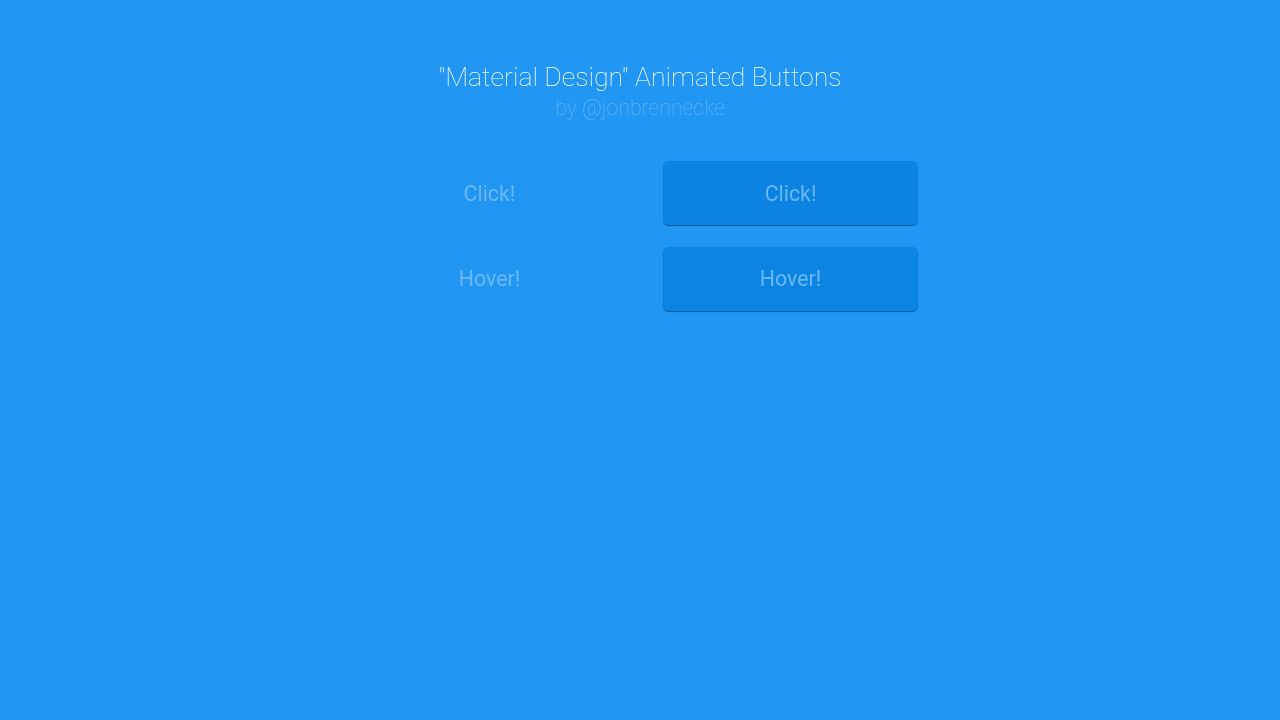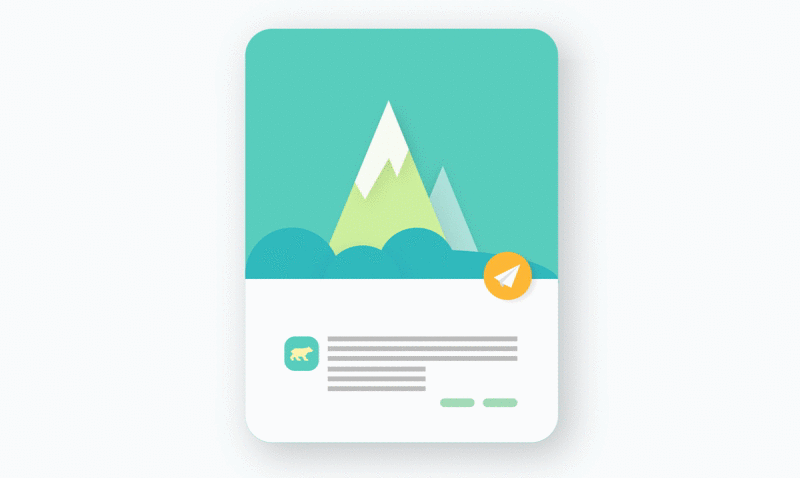
GOOGLE MATERIAL DESIGN ANIMATION CSS HOW TO
Insert Image: Old Cogs How to Implement Material Design into Your Site You can browse through other examples of great Material Design here, and pick and choose your favorites for implementation into your own site. Tumblr focuses on users’ needs, with layers of detail that load progressively and well-balanced animations that are appropriate for content. Users read these cards easily, and they act as doors for more complex and detailed information.Īn example of a popular website that uses Material Design to boost usability is Tumblr, which uses animation to break down barriers between users and content. Each card contains unique data, such as a photo, text, or link about a single subject.

GOOGLE MATERIAL DESIGN ANIMATION CSS FULL
It demonstrates how to utilize shadows and elevation properly to stimulate visual cues within the user interface (UI).Īnother notable Material Design venture is seen in Reddit’s News Pro app, which uses one of the most important aspects of Material Design – cards – to its full potential. Some of the most notable sites and apps that have acclimated to Material Design include Google’s own e-Calendar app, which can connect to smartphones, wearable technologies, and tablets. Since its debut in 2014, thousands of web designers have utilized Google’s Material Design principles – some with more success than others have. The aforementioned Google Material Design specification outlines the exact rules about how to use material in web design and maintain that designers need to abide by standard protocols for motion and animation of design elements to be successful.Ī Material Design Animation Concept by Chelme. Material Design morphs the basic principles of physics to fit the screen, creating a hybrid using 3D capabilities that allow objects to have dimensions on an X, Y, and Z-axis instead of flat X and Y dimensions. Google based its design system on these real-life principles to connect with the user on a human level however, Material Design takes these concepts to a new level. The concept of Material Design was based on ink-and-paper concepts such as lighting, depth perception, shadows, and edges – elements we experience in real life.

To go over each specification is outside the realm of this blog, but the main point is that your material needs to adapt to changing UX needs, and every design aspect this entails. Google goes into detail about the specifications of Material Design, including:Įach category has subcategories and a variety of tips and information about how to implement each one into your website design. A good designer needs to have a firm hold on these principles and know how to abide by the rules of material for enhanced user experience.

There are many principles surrounding material as defined by Google, including how to create shadows, optimize shapes and colors, and transform material based on its environment. It is no longer enough to create a unique, attractive brand image – now that image must be flexible and supersede the limits of the physical world while still following the rules of physics. User experience changes depending on what device users access the site from, and thus designers needed to adapt their practices and philosophies. Google was quick to realize that web designers needed to focus on user mobility.

The Number of Material Design Global Users (Millions). In 2014, the number of mobile users officially surpassed the number of desktop users globally, pointing toward an undeniable need for design optimization that had mobility in mind. Originally, Google named this system the Cross-Platform Design, because it was created from the need to have a single, cohesive design system that worked no matter what device the user was using as an access point. Material Design shows a mobile-centric shift, but still ensures that mouse and keyboard platforms are fully optimized. Based on these specs, the goal of Material Design is to allow a unified experience across all platforms and device sizes. Google provides a Material Design specification to introduce designers to the idea with helpful outlines of its goals and principles. Google’s Material Design sets the stage for web designers to focus on user interactivity, visual design, and intelligent motion that react appropriately to changing situations. The main takeaways of Material Design are that it’s grounded in tactile reality, yet open to imagination and innovation. Google revealed its efforts to synthesize the principles of classic design with the new possibilities of technology and science – leading to one comprehensive, cross-platform design system that could evolve with the times yet still fulfill the basic duties of good web design.


 0 kommentar(er)
0 kommentar(er)
